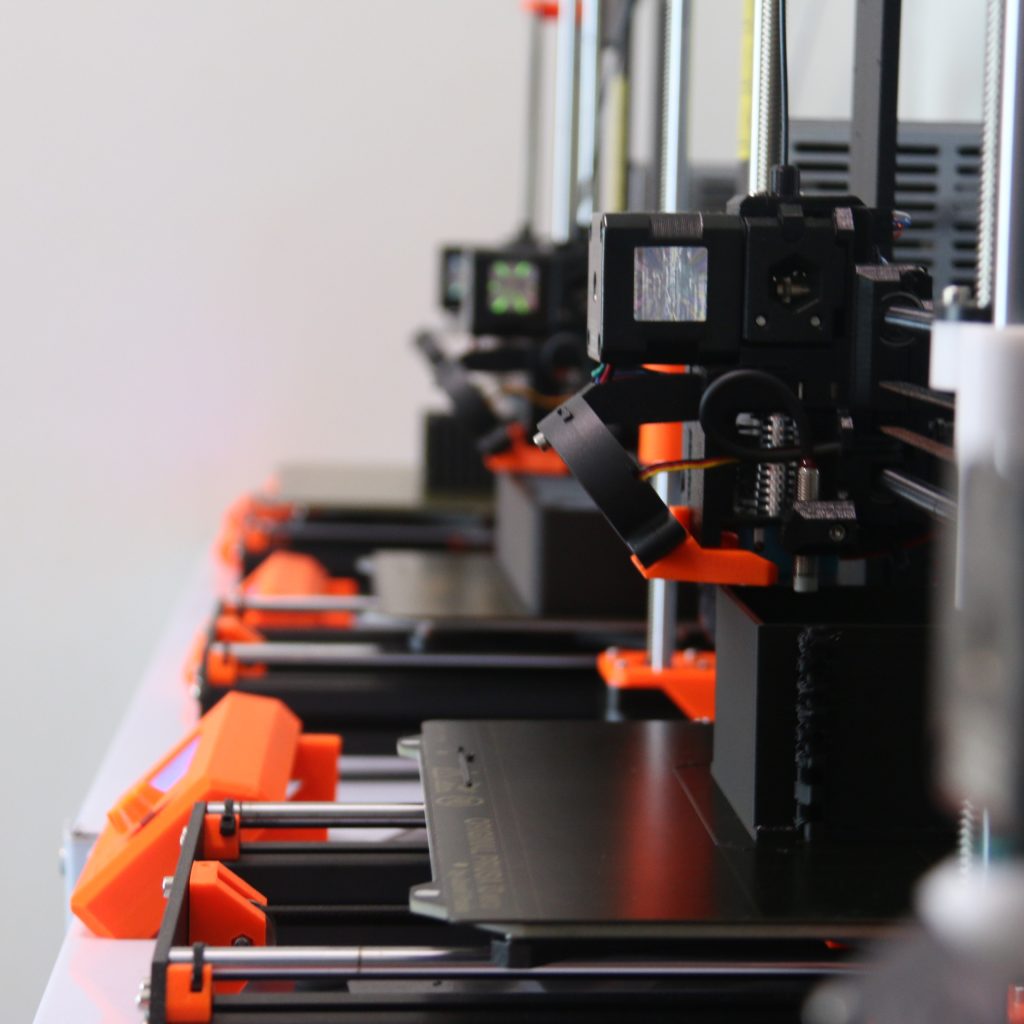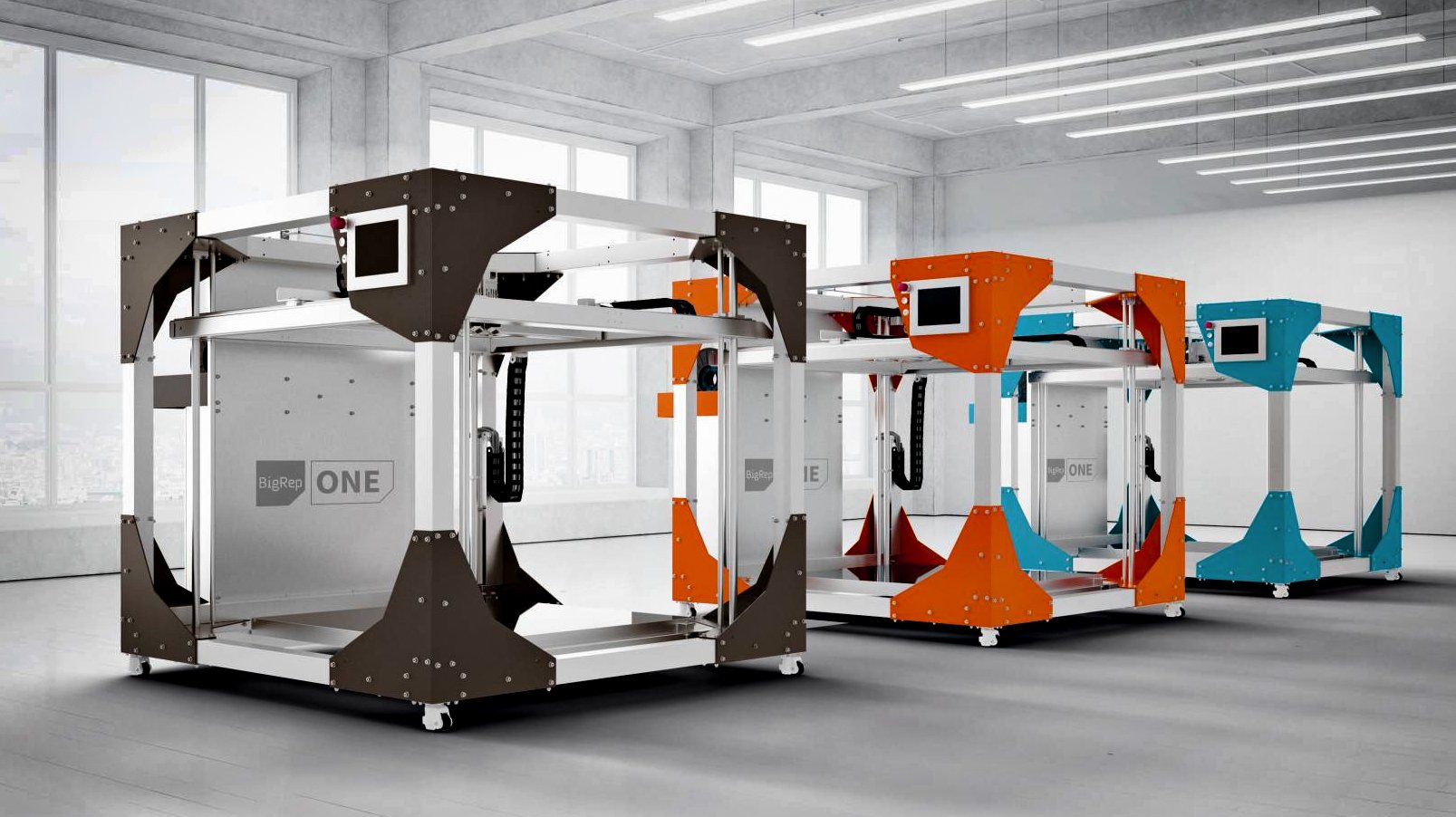The rise of commercial 3D printing services has revolutionized the way products are designed and manufactured, providing businesses with the ability to turn digital 3D models into physical objects quickly and cost-effectively. The journey from concept to reality, once a time-consuming and expensive process, has been streamlined by the flexibility, precision, and innovation of 3D printing technologies. Let’s take a closer look at how commercial 3d printing services transform ideas into tangible products, and what makes this process so valuable for industries around the globe.
1. The Concept: Creating the 3D Design
Every 3D printing project starts with a digital 3D model, which serves as the blueprint for the physical object. This model is typically created using computer-aided design (CAD) software, which allows designers to create highly detailed, precise representations of their concepts. Whether it’s an intricate prototype or a functional part, the digital design stage is where creativity and engineering meet.
- CAD software: Used to create the digital model, enabling detailed and complex designs that can be easily modified.
- Optimization for 3D printing: Once the design is complete, it’s often optimized for the 3D printing process to ensure the part prints efficiently and with high quality.
2. Slicing the Model: Preparing for Printing
After the 3D model is completed, the next step is to convert it into a format that a 3D printer can understand. This involves using a process called slicing, where the 3D model is broken down into hundreds or thousands of thin layers.
- Slicing software: Specialized software breaks the model into layers and generates the instructions for the 3D printer, guiding it on how to construct the object layer by layer.
- Customizing print settings: At this stage, key printing parameters such as layer thickness, infill density, and support structures are set based on the material and part requirements.
3. Choosing the Right Material
One of the greatest advantages of commercial 3D printing is the wide range of materials available, each with different properties suited for various applications. These include:
- Plastics (e.g., ABS, PLA, nylon): Commonly used for rapid prototyping and lightweight, durable parts.
- Resins: Known for their high precision and smooth finishes, ideal for intricate designs and prototypes.
- Metals (e.g., stainless steel, titanium, aluminum): Used in industries like aerospace, automotive, and healthcare for creating strong, heat-resistant parts.
- Composites and specialty materials: Combining different materials to achieve specific properties like increased strength or electrical conductivity.
The material selection is based on the intended use of the part, whether it needs to be lightweight, flexible, durable, or heat-resistant.
4. Selecting the Right 3D Printing Technology
Commercial 3D printing services offer various technologies, each suitable for different types of projects. The chosen technology impacts the speed, resolution, strength, and finish of the final part. Common 3D printing technologies include:
- Fused Deposition Modeling (FDM): Popular for rapid prototyping and creating functional parts, FDM involves extruding melted plastic filament layer by layer.
- Stereolithography (SLA): Uses a laser to cure liquid resin into solid layers, offering high precision and smooth surface finishes.
- Selective Laser Sintering (SLS): Utilizes a laser to sinter powdered material, commonly used for strong, functional parts with complex geometries.
- Direct Metal Laser Sintering (DMLS): A form of metal 3D printing, ideal for producing high-strength metal components with intricate designs.
- Binder Jetting: Creates parts by bonding powder layers with a binding agent, suitable for a wide range of materials like ceramics and metals.
The choice of technology is determined by factors like the required material, the part’s complexity, and the end-use application.
5. The Printing Process: Bringing the Design to Life
Once the 3D model is sliced, the material and technology are chosen, and the printer is ready, the actual printing process begins. The 3D printer builds the part layer by layer, guided by the instructions generated during the slicing process. Depending on the technology used, this can take anywhere from a few hours to several days, depending on the size and complexity of the design.
- Layer-by-layer construction: The printer adds material one layer at a time, gradually building the part from the bottom up.
- Precision and resolution: The level of detail depends on the layer thickness and the printer’s precision, with some machines capable of producing layers as thin as 25 microns (0.025 mm).
6. Post-Processing: Perfecting the Printed Part
After printing, most parts go through a series of post-processing steps to improve their functionality, appearance, or performance. Post-processing varies based on the material and printing technology used and can include:
- Removing support structures: If the part was printed with supports to stabilize overhanging sections, these need to be carefully removed.
- Sanding and polishing: For a smoother finish, some parts may be sanded or polished to remove visible layer lines.
- Heat treatment: Metal 3D printed parts often undergo heat treatments to enhance strength and durability.
- Surface treatments: Parts can be painted, coated, or dyed to achieve the desired color or surface finish.
Post-processing is an important step in ensuring that the part meets the final specifications and aesthetic requirements.
7. Quality Control: Ensuring Accuracy and Consistency
Before the part is delivered to the customer, it undergoes quality control checks to ensure it meets the required standards. This is critical, especially for industries that demand high precision, such as aerospace, medical devices, and automotive manufacturing.
- Dimensional accuracy: The part is measured against the original digital model to confirm that it meets the specified dimensions and tolerances.
- Surface inspection: The surface finish is inspected for any imperfections, such as rough spots or unwanted marks left by support structures.
- Functional testing: If the part has mechanical or structural requirements, it may undergo tests to ensure it performs as expected.

8. Delivery: From the Printer to Your Hands
Once the part has passed all quality control checks, it’s ready for delivery. Commercial 3D printing services often provide packaging and shipping options, ensuring the part reaches the customer safely and in optimal condition. Depending on the service provider, additional support might be offered, such as assembly, custom finishing, or final product integration.
9. Applications Across Industries
The applications for commercial 3D printing are vast and varied, with industries leveraging the technology to enhance efficiency, reduce costs, and drive innovation. Some notable industries using 3D printing include:
- Aerospace: 3D printing is used to create lightweight, high-strength parts for aircraft and spacecraft.
- Healthcare: Custom implants, prosthetics, and surgical tools are produced using 3D printing, tailored to individual patients.
- Automotive: From prototyping to producing functional car parts, 3D printing helps reduce lead times in vehicle development.
- Consumer products: Businesses can offer customized, on-demand products like eyewear, shoes, and even home goods using 3D printing.
- Architecture and construction: 3D printing allows for the creation of architectural models and even construction components, offering new possibilities for design and engineering.
10. The Future of 3D Printing
As 3D printing technology continues to evolve, it’s expected to play an even greater role in manufacturing. With advancements in materials, printing speeds, and scalability, the potential for mass production, on-demand manufacturing, and personalized product development is expanding rapidly.
- Automation and AI integration: Future advancements may allow for fully automated, AI-driven production processes, increasing efficiency and reducing human error.
- New materials: Continued development of materials, including biocompatible and sustainable options, will broaden the scope of 3D printing applications.
- Faster and larger-scale printing: Emerging technologies are set to increase the speed and size capabilities of 3D printers, making it more viable for large-scale manufacturing.
Conclusion
From design to reality, commercial 3D printing services have revolutionized the way products are conceptualized, produced, and delivered. By offering unmatched design flexibility, rapid production, and scalability, 3D printing provides businesses with a powerful tool to innovate and compete in today’s market. As the technology continues to advance, it’s set to become an even more integral part of the future of manufacturing.

